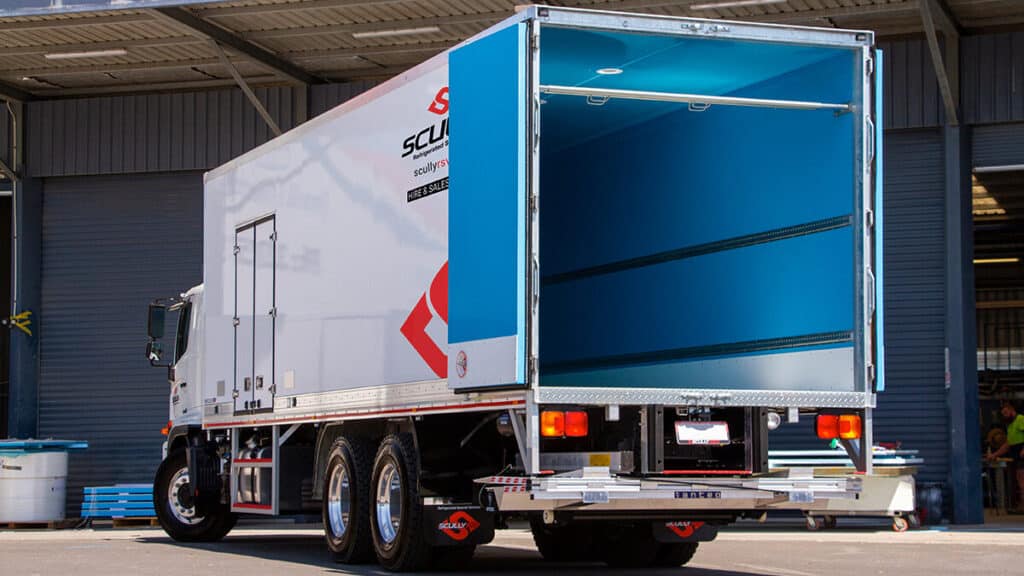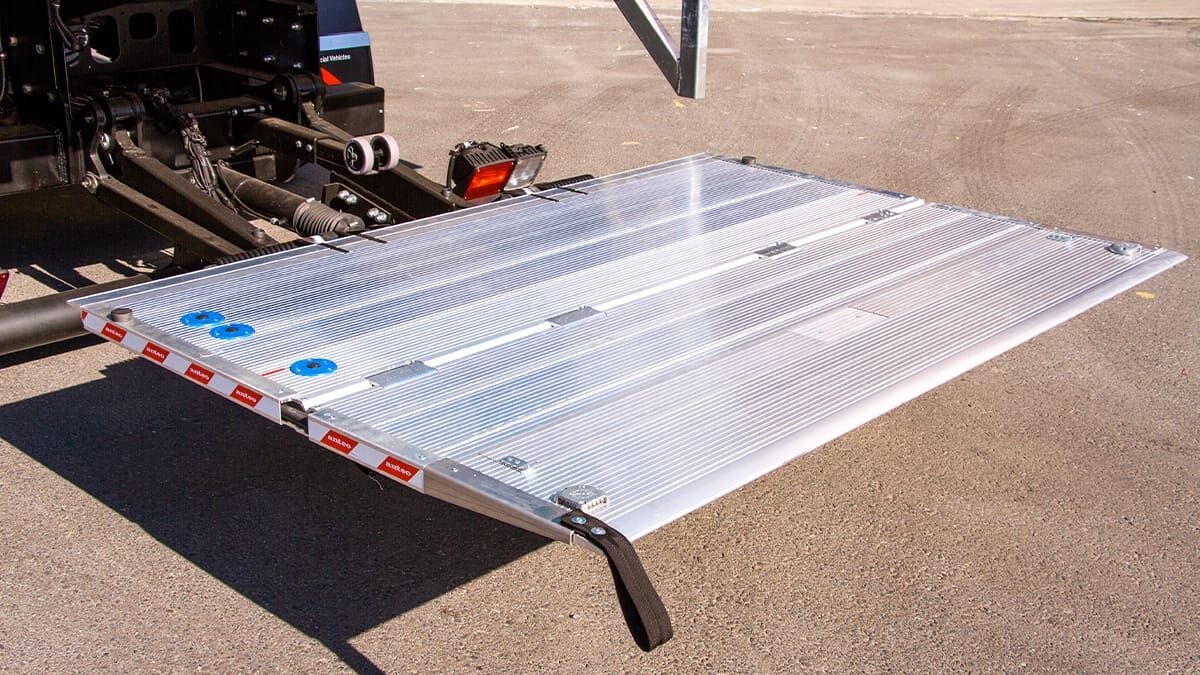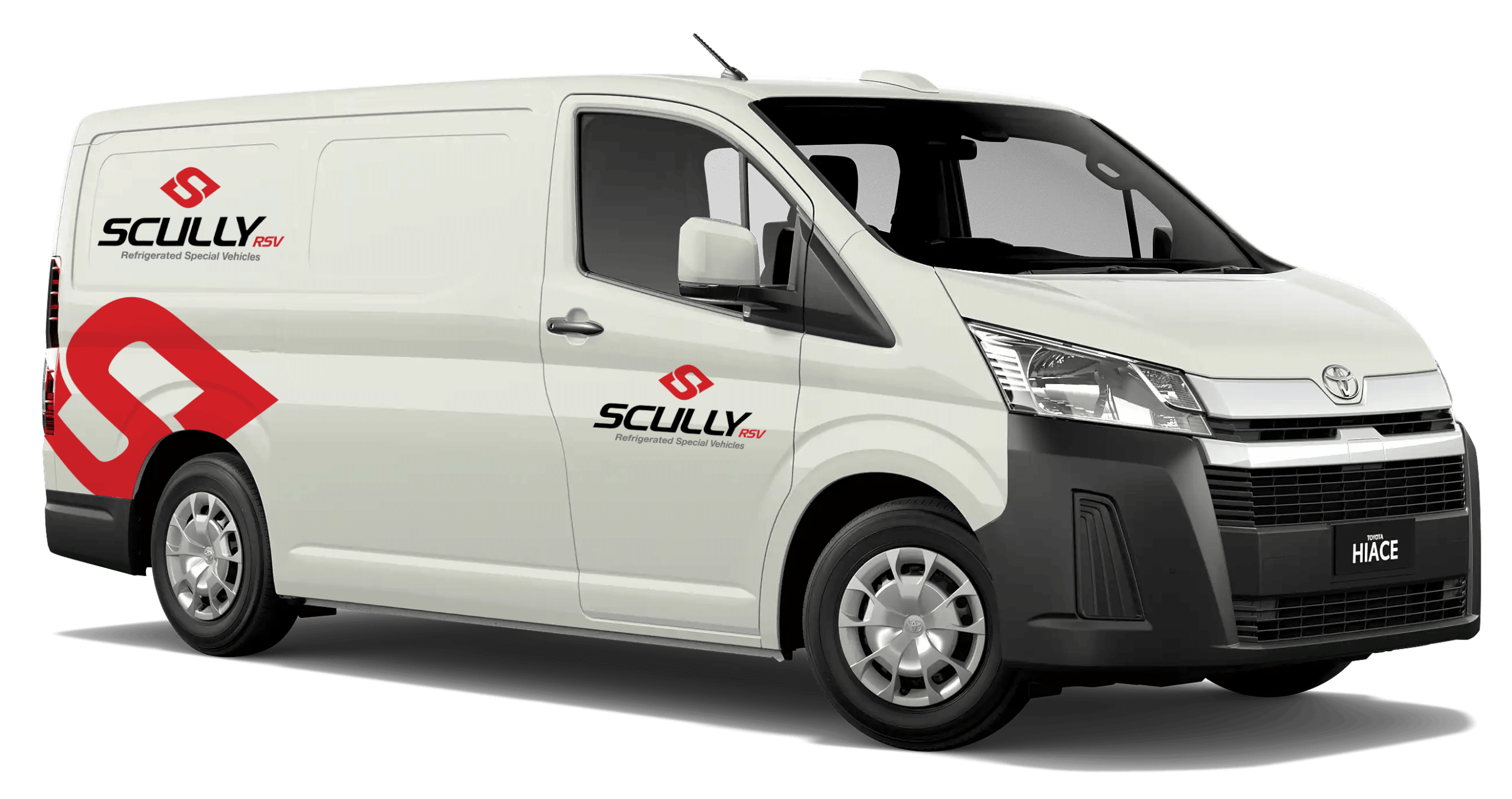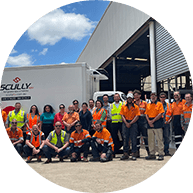
Tail Lift Safety For Secure Cargo Handling
If you are a business or an individual in the refrigerated transport industry – or any similar industry – you will know how large a role safety plays in you and your employees’ everyday lives. This not only goes for driving, but also safe movement of cargo, which is where a truck tail lift is essential to your business, allowing you to load and unload goods with ease and without risking injury to yourself or employees.
Of course, there are unsafe ways to operate a tail lift, too. As professionals in refrigerated transport and product movement, here is what Scully RSV recommends for tail lift safety for secure cargo handling.
The Importance Of Truck Tail Lift Safety
While tail lifts are very convenient, operating them properly is important to avoid accidents and injuries, as well as damaged cargo and costly downtime. Since truck tail lifts are large, heavy pieces of equipment, standard liftgates use hydraulic pressure to force a piston through a cylinder which raises and lowers the gate. Typically controlled via a switch box, tail lifts can lift heavy loads, and improper use can lead to accidents like falls or crushing injuries.
Cargo protection is also to be considered when operating a tail lift. Since tail lifts are often used for transporting delicate or valuable cargo, such as refrigerated goods or pharmaceuticals, mishandling cargo can lead to damage, spoilage, or loss.
Lastly, safe handling of tail lifts contributes to a more efficient workplace. When operators are confident in their safety procedures, they can work more quickly and effectively.

Key Tail Lift Safety Practices
In general, the following rules should be applied to truck tail lift operation:
- Ensure that the vehicle is securely and correctly parked before engaging the tail
- Improper use of the tail can lead to severe personal injury. Refrain from operating it unless you have received proper training and have thoroughly reviewed and familiarise yourself with the operational guidelines
- Before using the tail lift, always conduct a check for any parts that may require maintenance or any signs of damage. If you see any signs of damage, do not attempt any repairs by yourself
- Always ensure that you are not overloading the tail lift, and pay close attention to the safe working load indicators. Keep in mind that these load limits refer to both the lifting and lowering procedures
- For each load, position the cargo as close to the centre of the platform as possible. Secure it with appropriate restraints or fasteners to prevent shifting during transit.
- Do not stand within, traverse, or permit anyone else to enter or pass through the area while the tail lift is in operation
- Never ride on the tail, particularly when handling unstable loads or in a manner that could pose a risk to your safety
- Many tail lifts come equipped with a safety valve designed to prevent sudden platform descent in the event of hydraulic failure, ensuring an added layer of security during operations.
It’s also important to keep the following in mind when operating a truck tail lift.
Operator Training
As with any heavy equipment, always ensure that all personnel who operate tail lifts are properly trained. Training should cover equipment operation, safety protocols, and emergency procedures.
Ground Conditions
Always operate the tail lift on level ground. Uneven terrain can cause instability and accidents.
Clear Communication
Establish clear communication between the operator and ground personnel. Use hand signals or two-way radios to coordinate movements safely.
Safety Gear
It’s always important to provide personal protective equipment (PPE) such as gloves, safety glasses, and appropriate footwear for anybody involved in the loading and unloading process.
Emergency Procedures
Be sure to train any members of your team on what to do in case of equipment malfunctions or emergencies. This includes how to safely lower the tail lift if it becomes stuck.
Documentation
Keeping records of equipment inspections, maintenance, and training is a great practice to get into, since this documentation can be important in case of accidents or audits.
Regulatory Compliance
Familiarise yourself with local and national regulations regarding truck tail lift operation and cargo transportation. Compliance is essential for legal and safety reasons.
Safe operation of your truck’s tail will be beneficial to everybody involved, and ensure you operate a smooth workplace and receive and deliver orders on time. At Scully RSV, we have a significant amount of tail lifts fitted on our trucks as part of both our short– and long-term rental fleet, helping drivers all over Australia navigate the transport of their goods safely. We also build custom refrigerated trucks and offer new and ex-fleet with tail lifts.
Get in touch today to see if we have a solution for you and your business.

